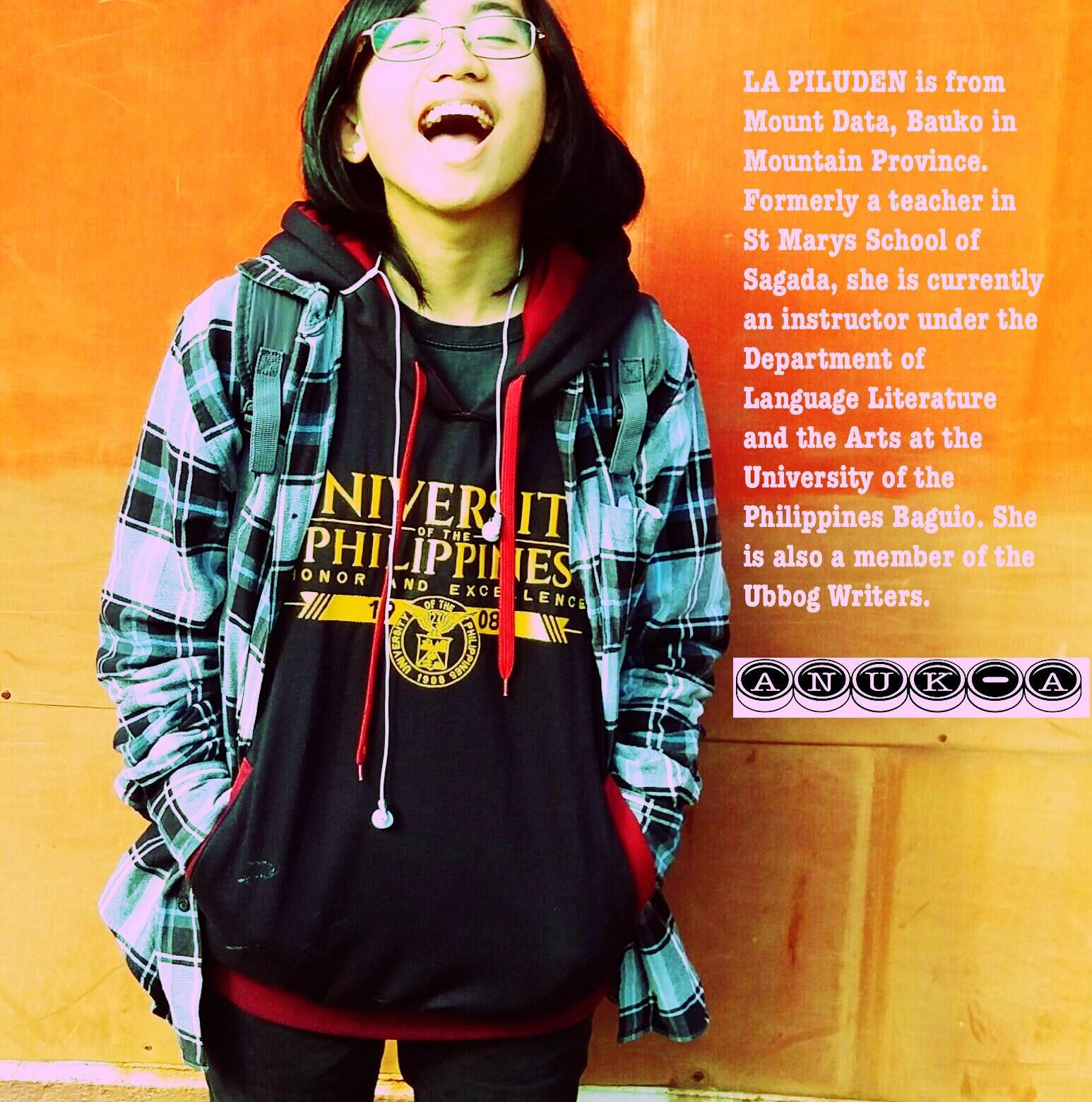LA Piluden
ONE day, I presented a mix of headlines to a class of Grade 10 students during English class. The activity was a sort of prompt activity. I asked the students whether the news headline was from a credible news source or a fake news source. Some of the headlines I included were: “World Bank approves 500 Philippines Peso Bill bearing Duterte’s picture” (fake news), “Australia announces visa-free for Filipino ordinary passport holders” (fake news), or “Filipina in Texas sentenced to more than eight years for $1M+ Ponzi scheme” (credible news). I then showed these headlines with their corresponding articles, bylines, and the details of the website I had extracted the items from, allowing the students to examine the articles carefully.
What I discovered after this interaction with my class of Grade 10 students was that more than half of them were unable to discern the fake news sources from the credible ones. Even the ungrammatical news item, “U.S. Ambassador Nikki: ‘We must give President Duterte the space to run the nation,” was accepted as credible and true by a considerable number of students in the room. What I first thought would be a one-day lesson plan turned out to be a learning and teaching experience that made me realize that disinformation was turning out to be a bigger crisis than I first assumed.
I became a high school English teacher in 2016, right around the time when Digong’s presidency also seemed to bring with it the unnerving potency of Facebook and YouTube to skew public opinion towards disinformation. I first started incorporating fake news (how to identify it, how to determine the credibility from the fake) into my teaching when it became increasingly apparent in all my social media TLs that trolls were doing much of the spinning for the state. It was increasingly hard to ignore when friends and family started sharing dubious news stories from sites like astigtayopinoy.com or latestnews.xyz. Imitation blog sites had started to ape after credible news sources: aljazeeranews-tv.com for aljazeera.com; cnn-channel.com tried to masquerade as the legitimate CNN; Philstar.i-telecast.com was the cheap copy of the Philippine Star. Even worse, the opinions and conspiracies peddled by bloggers and vloggers had become accepted as facts.
Teachers implementing the curriculum in their classrooms rely heavily on the LCs (learning competencies) specified in what we call the CG (curriculum guide). Adherence to the CG is a requirement for all lesson plans and teaching guides. The CG circumscribes what is written in textbooks and what is actually taught in the classroom.
For instance, LCs in Grade 10 English include various competencies for reading comprehension, listening comprehension, literature, grammar awareness, etc. Among the LCs I’ve paid attention to were: Get vital information from various websites on the internet (EN10SS-IVb-1.7); Evaluate information to expand, review, or update knowledge (EN10LC-IVa-16); and Compare and contrast the contents of the materials viewed with outside sources of information (EN10VC-IVa-15).
Taking off from these LCs, preparing for the lesson materials required me to search for news items from credible sources and items from fake news sources. Part of this prompt activity I have already described in the opening paragraphs of this column.
Aided by my findings in the prompt activity, I proceeded to define what is meant by “fake news” as opposed to “credible news.” I asked essential questions like (1) What are the consequences when fake news goes viral? (2) Do you think you could spot fake news or would you be fooled? (3) How could you spot fake news? (4) What actions can I take to verify news stories, photographs and other sources of online information?
Asking these questions compelled me to teach my students how to spot fake news. I taught them to triangulate (has this been reported elsewhere too?), to look at bylines and the reputation of the news sources, and to look for grammatical errors or logical fallacies (real and trained journalists are careful with the writing of their news; fake news peddlers often do not put care into what they write — sometimes all it takes is good grammar). Afterwards, I presented my students with a mix of news items again, to test if they were now better at discerning the real from the fake.
I taught these lessons up to 2020, but these are lessons that need updating. Vloggers, YouTube videos, and deep fakes have become increasingly more influential than news items being shared on the TL. New lesson plans need to be drawn up to catch up with the appeal of spinners and fake news peddlers. We need responsive new lesson plans to aid our students in combating fake news.
While the CG for English subjects is filled with the promise of voluminous content “aimed for the 21st century Filipino learner,” it does not reflect quite enough the recent paradigm shifts that continue to characterize this current age of disinformation. We have to be more explicit in specifying basic media literacy skills. Literacy is no longer a matter of knowing how to read and write; it is now a matter of discerning whether a piece of online information is credible or not.
Unless “fake news” and “credible news” are articulated and singled out as important lessons in English, even English teachers will not feel it their duty to promote this in their lessons. If we want our English subjects to have any real-world relevance in the current lived experiences of our students, perhaps we prioritize the media literacy skills needed to process the flotsam of information that is already made available to them through their devices.
This does not even deviate radically from the CG which we so puritanically follow in all the steps of our teaching process. After all, English is supposed to impart verbal proficiency, communicative competence, critical thinking, and dialogue-building. All of these remain relevant skills that we need now more than ever among a citizenry steeped in misinformation, historical denialism, and divisive rhetoric.




There are no comments yet. Add your comment to start the conversation.